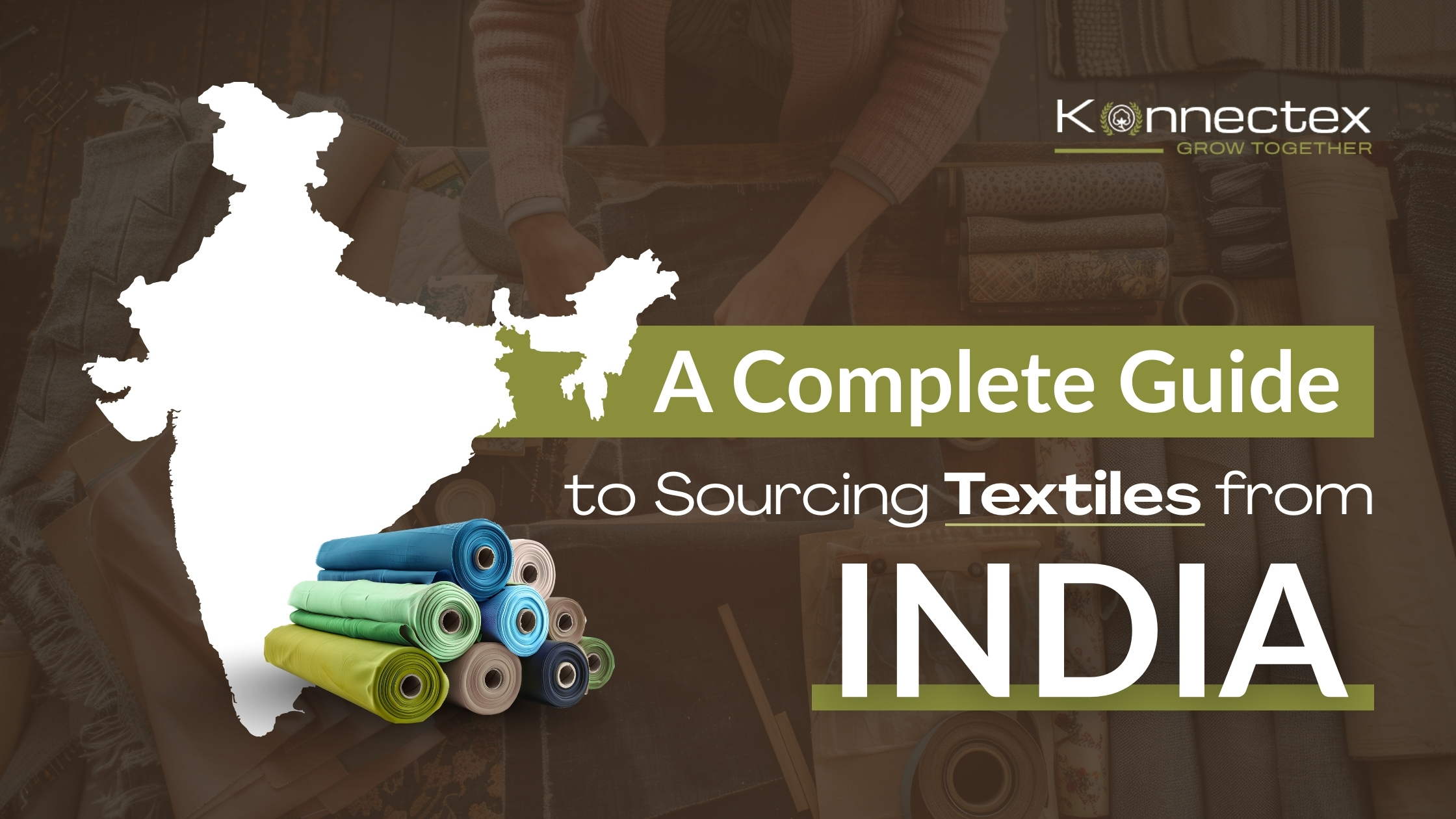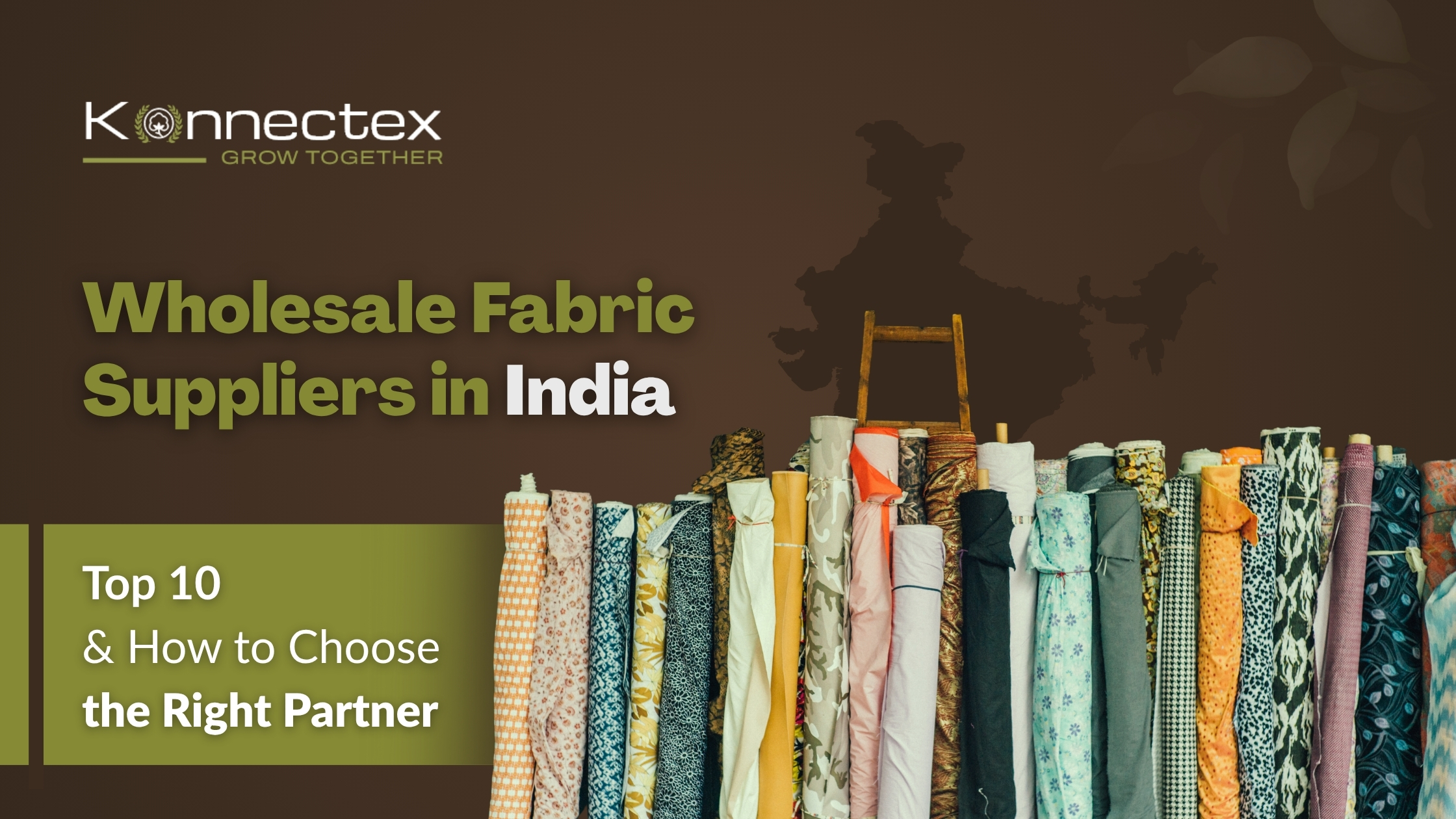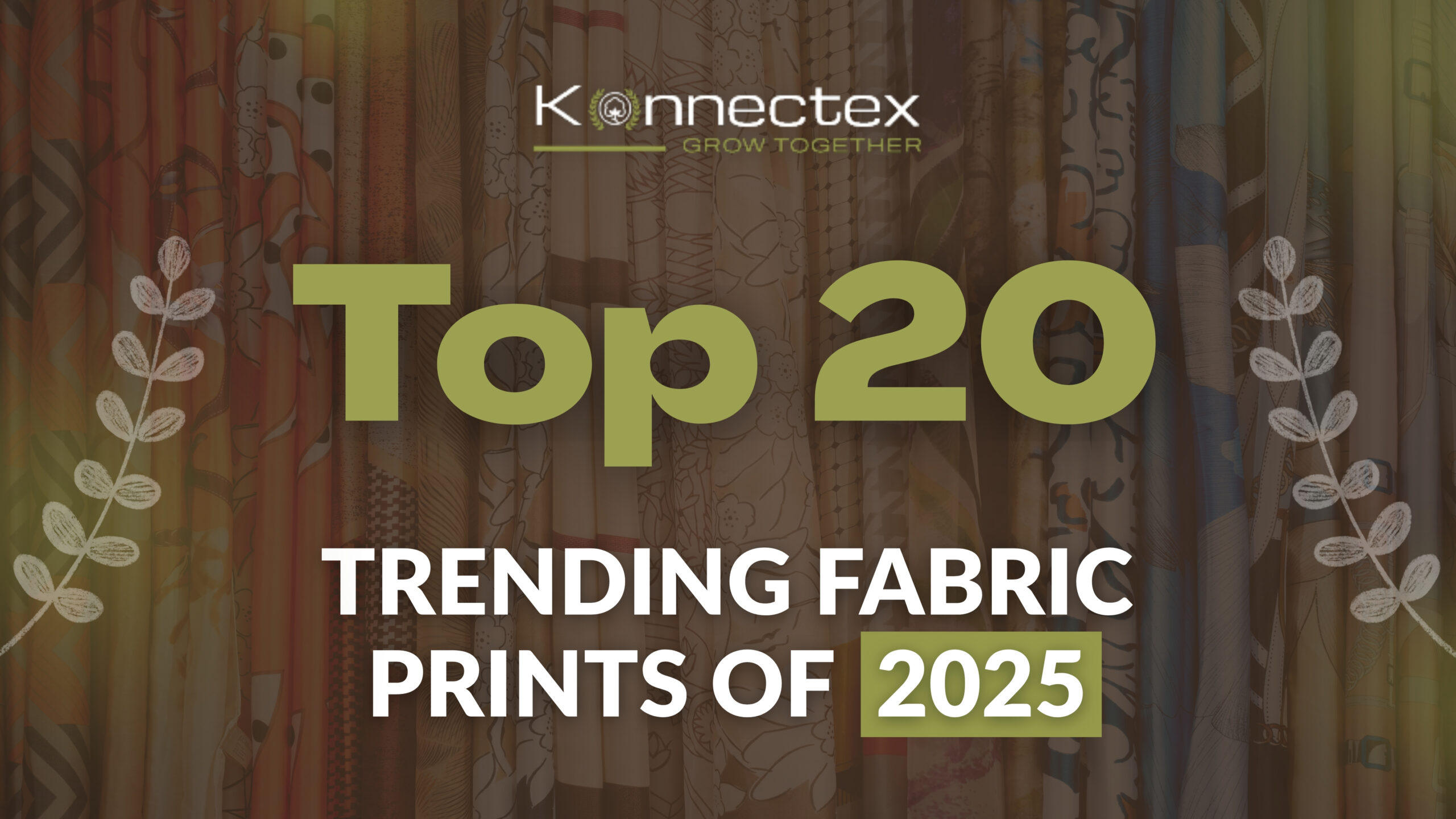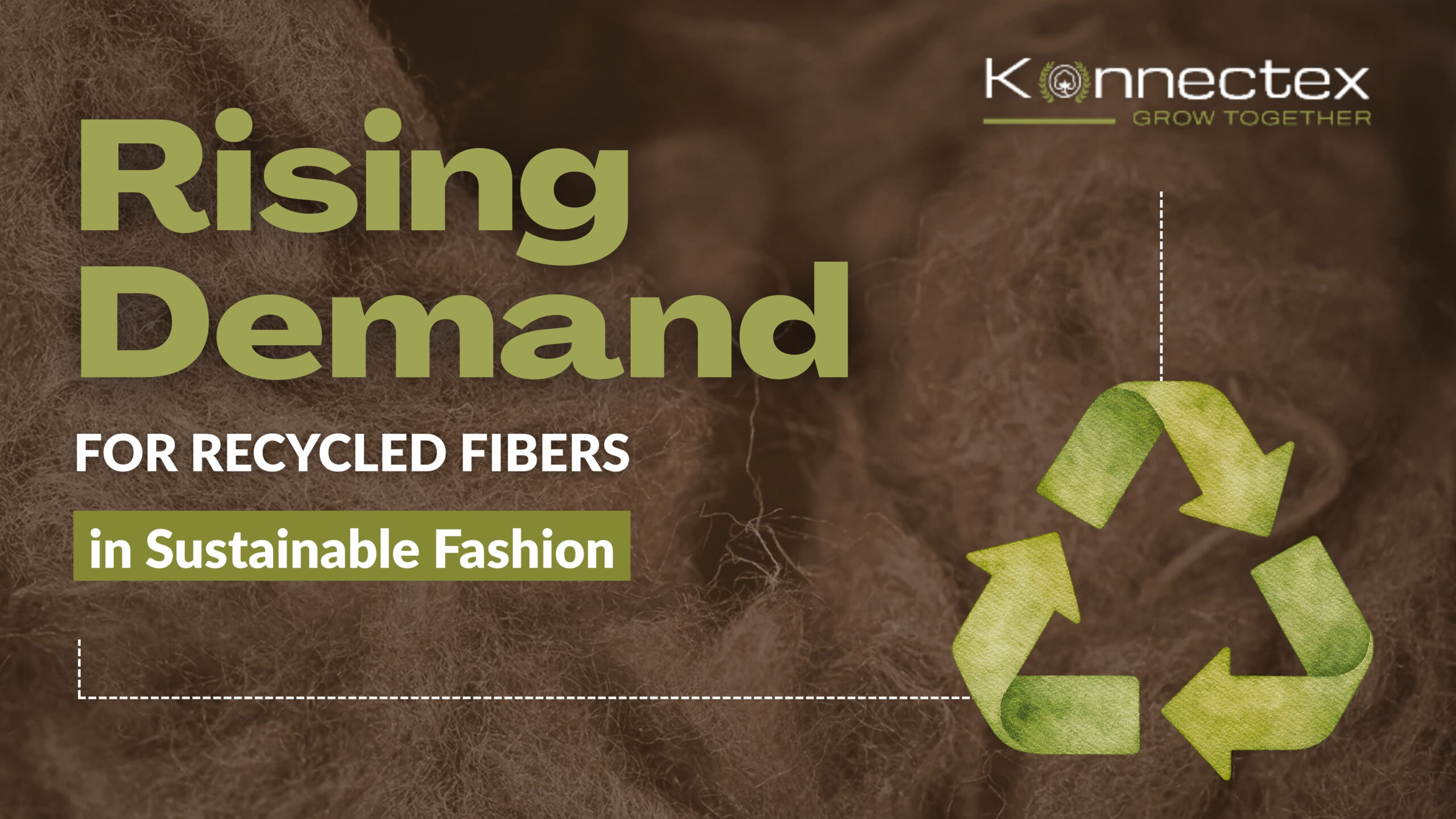The textile industry is built on two major categories of materials: natural fibers and synthetic fibers. For fashion brands and garment factories, understanding the difference between the two isn’t just about fabric choice—it directly impacts sustainability, cost, and consumer demand.
What Are Natural Fibers?
Natural fibers come from plants and animals. Cotton, linen, wool, and silk are the most common examples. These fibers are renewable, breathable, and biodegradable, making them a top choice for brands looking to highlight sustainability.
Consumers increasingly associate natural fibers with quality and comfort, which is why demand for eco-friendly fabrics is growing worldwide.
What Are Synthetic Fibers?
Synthetic fibers are man-made materials, usually derived from petroleum-based chemicals. Polyester, nylon, acrylic, and spandex dominate this category. They are known for durability, elasticity, and affordability, which is why fast fashion brands often rely on them.
While synthetic fibers allow for performance-driven fashion (like sportswear and stretch garments), they come with environmental concerns due to microplastic pollution and low biodegradability.
Key Differences Between Natural and Synthetic Fibers
The major distinction lies in origin and impact. Natural fibers are eco-friendly, soft, and breathable but may require more care and higher costs. Synthetic fibers, on the other hand, offer durability, flexibility, and lower prices but contribute heavily to environmental waste.
For fashion brands, the choice often depends on balancing sustainability goals with production efficiency.
Why Fashion Brands Should Care
Today’s consumers are more conscious about what they wear. Brands that highlight natural fibers often appeal to eco-conscious buyers, while those that use synthetics can offer affordable, high-performance options.
A growing number of clothing brands are also blending natural and synthetic fibers to create fabrics that balance comfort, durability, and sustainability.
The Future of Fibers in Fashion
With the rise of sustainable fashion, the industry is moving toward organic cotton, recycled polyester, and innovative bio-based fabrics. Brands that adapt to this shift will not only meet consumer demand but also stay ahead of regulations around sustainability.
Fashion factories and brands must carefully evaluate their fiber strategy—because tomorrow’s buyers will expect both style and sustainability.
Final Thoughts
Natural and synthetic fibers both have their place in the fashion industry. The key is to understand how each aligns with your brand values, customer expectations, and sustainability commitments.
If you’re a fashion brand or garment manufacturer looking to make smarter textile sourcing decisions, Konnectex can help you connect with the right suppliers and sustainable fabric options.
FAQs
1. Which is better for fashion: natural or synthetic fibers?
It depends on your brand’s goals. Natural fibers are better for sustainability and comfort, while synthetics offer durability and affordability.
2. Are natural fibers more expensive than synthetic fibers?
Generally yes, because they require more resources to produce. However, consumers are often willing to pay more for eco-friendly clothing.
3. Can natural and synthetic fibers be blended?
Yes, many brands blend the two to create fabrics that combine comfort, durability, and affordability.
4. Why are synthetic fibers criticized?
They are linked to microplastic pollution, low biodegradability, and high environmental impact during production.





